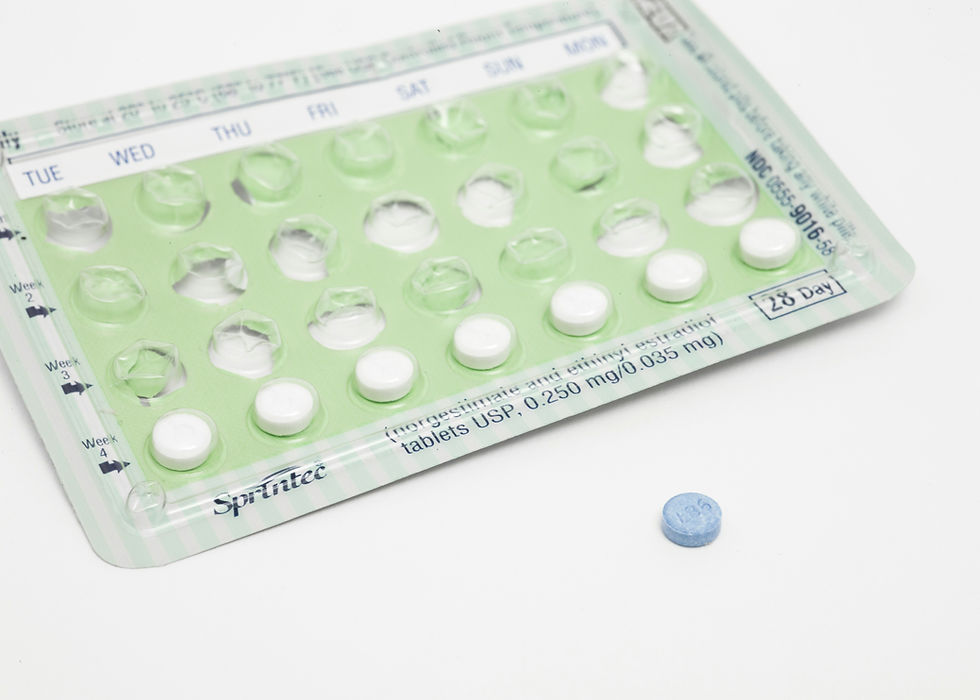What is Your Story?
- Khadija Odeyemi
- Oct 6
- 3 min read
Houston, TX
Over the years, women have started at nothing, from the bottom of the hierarchy to the top. They have shown that power does not only reside within men. By breaking through gender inequality, women have become the main force of power. Due to their strong and effective contribution to things like education, health, and politics. One example of this is Sarah Breedlove.

Insights
Sarah Breedlove, famously known as Madam C.J Walker, was born on December 23, 1867, on a plantation in Delta, Louisiana. She was one of the six children of Owen and Minerva Andreson Breedlove, former slaves who turned to sharecropping after the Civil War. Her parents and 4 older siblings, 3 older brothers and 1 older sister, were slaves working on a cotton plantation before the Civil War. After the Civil War, they, like every other freed slave, turned to sharecropping. Sarah was the 5th child and the first in her family to be born in freedom (she was born after the Civil War). Her parents died before she was 7 years old, which led her to live with her older sister. Her sister’s husband was a cruel man; he forced her to make money picking cotton and doing laundry. It was even said that he physically abused her. At the age of 14, she ran away and married a man named Moses McWilliams. She gave birth to her first and only daughter, Lelia, at the age of 17; however, Moses was not able to father his daughter before he died in 1887. Sarah and Lelia moved to St. Louis in 1888 to be closer to Sarah’s three older brothers, who moved North at a young age in order to escape racial violence and find jobs to support themselves and their families. Sarah worked as a laundress by day and attended night school at night, studying and providing for her daughter. Not long after, she got married again to a man named John Davis, but their marriage didn’t last long; it ended in 1903.
Determinations
Sarah, determined to build a better life for herself, after experiencing financial struggles and hair loss, which was said to have been due to poor nutrition and stress, and feeling strain from years of hard labor. She took a job selling haircare products for a Black woman owned business in 1904. Most black women at the time used harsh soap, heavy oil, and grease to maintain their curls, which often damaged it further. Though there were more beauty shops in the late 1800s, they (they and the hair products) were only available to white women. Could Sarah's new job change the reality for Black women? Will it create a better, more relaxed way for them to take care and maintain their curls? That same year, Sarah joined a team of sales agents working for African American businesswoman Annie Turbo Malone, creator of "The Great Wonderful Hair Grower". A year later, Sarah moved to Denver, Colorado, where she then married a man named Charles Joseph Walker. She renamed herself “Madam C.J. Walker”. She later launched her own line of hair products and straighteners for African American women named “Madam Walker’s Wonderful Hair Grower” with $1.25. Sarah’s husband helped with advertising and establishing a mail order business. She was so happy she put her picture on the product. After their divorce in 1910, Sarah relocated to Indianapolis, where she built a factory for her Walker Manufacturing Company. The company is an advocate of black women’s economic independence. Later on, she opened a training program called “Walker System” for her national network of licensed sales agents who earned healthy commissions. Eventually, Sarah’s company grew so successful that she employed 40,000 African American women and men in the United States, Central America, and the Caribbean. In addition to that she founded the National Negro Cosmetics Manufacturing Association in 1917. The final year of her life was celebrated with her business growing rapidly and sales exceeding $500,000. Her belonging; $1 million and a mansion in Irvington, New York, dubbed “Villa Lewaro” and properties in Harlem, Chicago, Pittsburgh, and St. Louis. As her wealth and political outreach increased, she contributed to her society by contributing to YMCA, paying tuition fees for 6 African American students at Tuskegee Institute, and contributing $5,000 to the NAACP's anti-lynching campaign. She remained committed to empowering her community until her death.
Citation
“Life Story: Sarah "Madam C.J." Breedlove Walker.” Women & the American Story, https://wams.nyhistory.org/modernizing-america/modern-womanhood/madam-cj-walker/. Accessed 14 September 2025.
Michals, Debra. “Biography: Madam C.J. Walker.” National Women's History Museum, https://www.womenshistory.org/education-resources/biographies/madam-cj-walker. Accessed 14 September 2025.














Comments